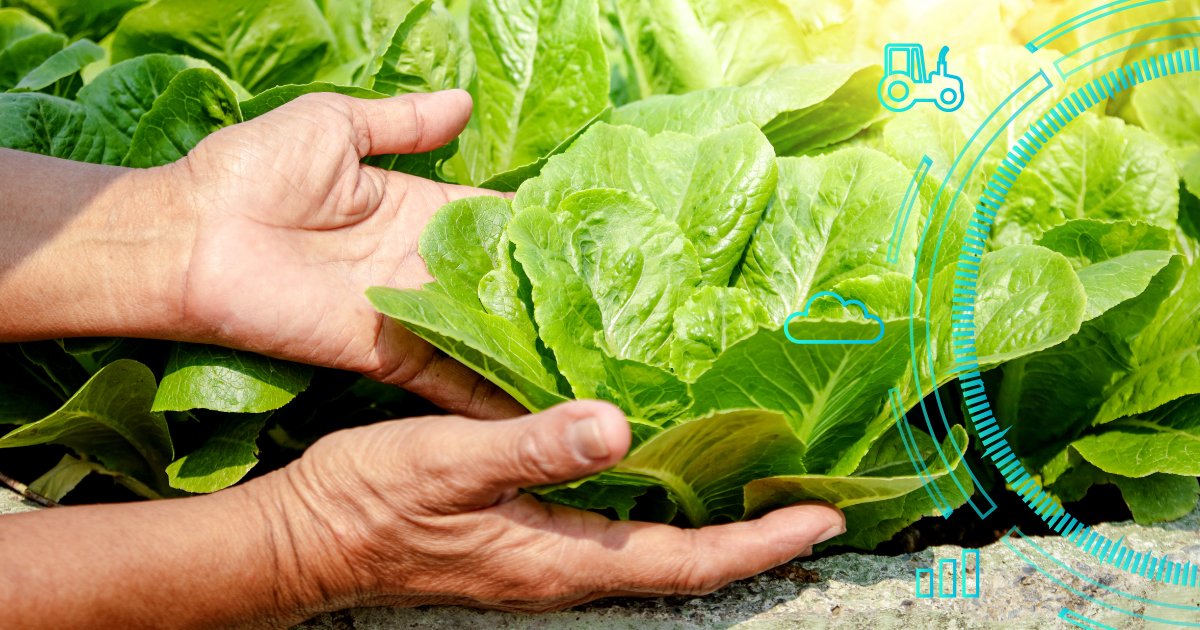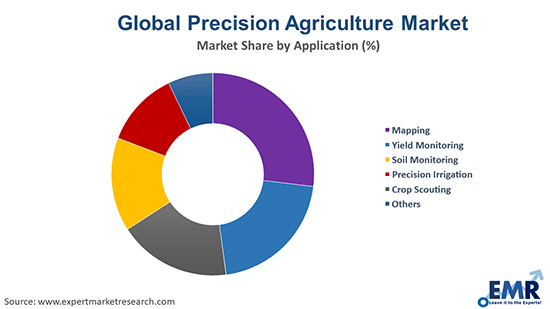What is Precision Agriculture and why do you need it?

Posted on |
The global precision agriculture market size is predicted to reach $23 billion by 2030. However, adoption of agriculture technology and automation is still low in Malaysia, despite the numerous advantage that it provides.
What is Precision Agriculture?
Precision agriculture began in the 1980s and was first implemented in the United States, focusing on collecting data and measuring variability in harvests. The International Society of Precision Agriculture defines it as:
“A management strategy that gathers, processes and analyses temporal, spatial and individual data and combines it with other information to support management decisions according to estimated variability for improved resource use efficiency, productivity, quality, profitability and sustainability of agricultural production.”

Source: Expert Market Research
The three technologies utilised in precision agriculture were geographic information system (GIS), global positioning system (GPS) and variable rate application (VRA). Since then, the technologies available to integrate it has been increasing at an exponential rate.
It is therefore best understood as a concept with various technologies involved instead of a single technology. However, applying precision agriculture in practice will require effective data management.
This can be accomplished via utilising connected agriculture technologies. Among the latest technologies in precision agriculture are remote sensing and satellite imagery to monitor harvests, and even cloud computing.
Benefits of Adopting Precision
Shifting from traditional practices can greatly benefit plantation management. The significant advantages are automation and simplified data collection, which in turn can increase yields. The ability to analyse and extract insights are crucial to assist in reducing the yield gap. It will also help to put the challenges of plantation management into perspective for plantation and estate managers.
Data-driven agriculture can deliver timely, accurate reporting and monitoring. This will facilitate plantation planning and management along with the ability to adapt to real-time conditions. These actionable insights will enable plantation managers to analyse harvesting trends and identify patterns. In doing so, plantations will benefit from reducing cost while improving ROI.
Although implementing precision agriculture technologies may seem costly in the beginning, the long-term benefits and savings can be significantly higher than traditional agricultural methods in the long run. The Malaysian Palm Oil Board (MPOB) has also acknowledged that automation in palm oil plantation is still a relatively new idea for the sector, citing “there is always room for improvement in line with technological advances.”
The Future of Agriculture
Agriculture 4.0 puts greater focus on precision agriculture which further necessitates its implementation. Doing so can help plantations ensure accuracy and efficiency. Perhaps most importantly, for the agriculture sector to remain feasible amidst the volatility and challenges in the oil palm industry.
As agriculture will continue to play an important role in the country’s economy, upscaling productivity and reducing costs will become a significant consideration over time. Evidently, it is imperative for the oil palm industry, dubbed the golden crop of Malaysia, to increase use of precision agriculture to keep up with global demands and remain stable in today’s changing world.
Ultimately, having an integrated plantation management system can greatly improve operational efficiency. Quarto provides a crucial component that connects precision agriculture and technology. It delivers an all-in-one cloud-based solution with industry expertise to provide smarter, data-driven decision making.
Connect with us to learn how Quarto can help you enhance productivity and efficiency in plantation management.
